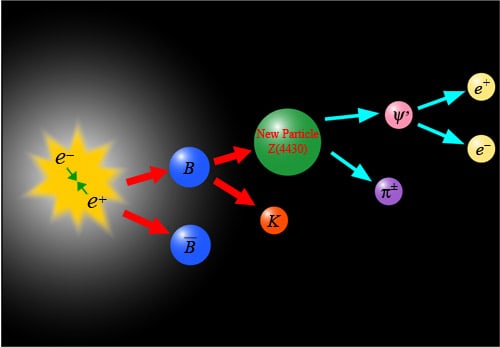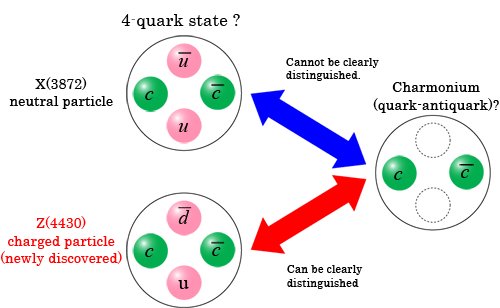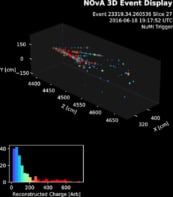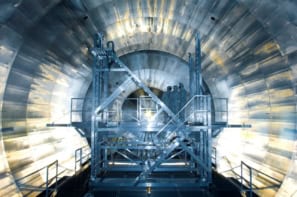
Physicists at the Belle experiment at the KEK laboratory in Japan have discovered a new particle that provides the best evidence yet that some mesons contain four quarks rather than the usual two. Dubbed Z(4430), the new particle is the latest of several mesons discovered at Belle that seem to defy the “quark model”, which has been very successful at classifying mesons in terms of two constituent quarks.
Introduced in the 1960s by the future Nobel laureate Murray Gell-Mann, the quark model has allowed physicists to make sense of the myriad particles produced in successive generations of accelerator experiments. As well as describing the familiar protons and neutrons, which contain three quarks, the quark model had been successful at classifying the many mesons that contain two quarks – or more accurately one quark and one antiquark – held together by the strong force.
However, things started to go wrong about four years ago when two experiments — BaBar at the Stanford Linear Accelerator Center in the US, and Belle at the KEK laboratory in Japan – began to discover mesons that did not appear to be simple pairs of quarks and antiquarks. These peculiar mesons were made at both facilities by smashing electrons and positrons together.
Four quarks
Some physicists have suggested that these rogue mesons — of which at least four have been seen — could be made of four, rather than two quarks. Others believe, however, that the particles are simply excited states of the “charmonium” meson, which contain one charm quark and one anti-charm quark.
However, charmonium is electrically neutral, whereas Z(4430) is the first rogue meson to be discovered with an electrical charge. As a result, Z(4430) is unlikely to be charmonium. Instead, the Belle physicists believe that it could be a four-quark state comprising up, anti-down, charm and anti-charm quarks. This is consistent with the observation that Z(4430) decayed instantly into a charmonium meson and a pi-meson (which contains up and anti-down quarks). If true, Z(4430) would be the first meson that cannot be described in terms of two quarks (arXiv 0708.1790v2) .
The discovery of Z(4430) could mean that physicists have to re-examine the theory of quantum chromodynamics (QCD), which explains why quarks and anti-quarks are bound together in mesons and other particles.
However not everyone is convinced. Eric Swanson of the University of Pittsburgh in the US told physicsworld.com that while the Z(4430) data look convincing, other such particles will need to be discovered before he accepts that four-quark mesons are a reality. “I can’t find a plausible way to explain [Z(4430)],”, he said.




